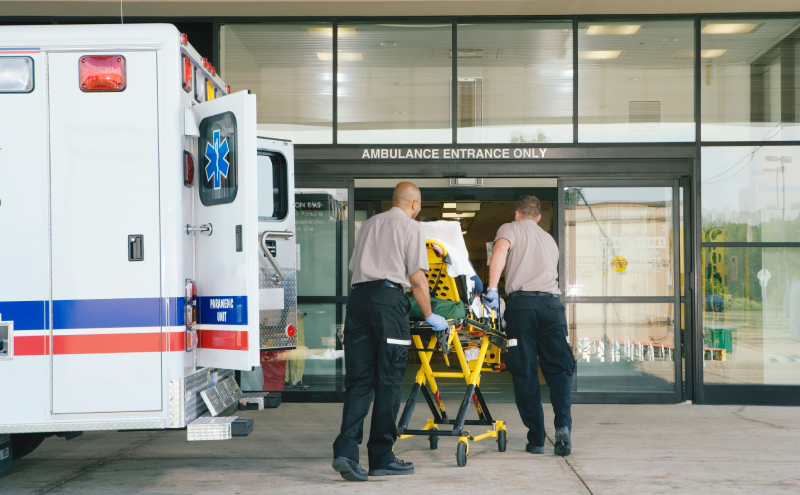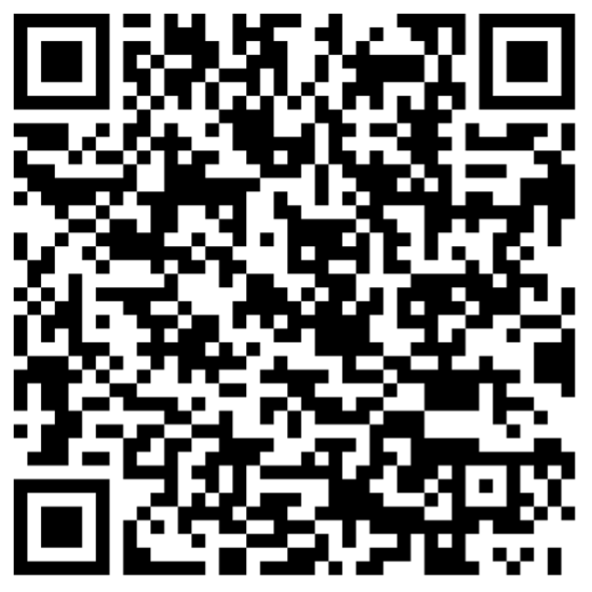
VOICES FROM THE FIELD: Emory Rural Tele-EMS (ER-TEMS)
Coordinating Care Between Rural EMS, Rural Hospitals, and a Tertiary Academic Health System Using an Emergency Physician Telemedicine Network
By Michael J. Carr, MD FACEP FAEMS | Director, Emory Rural Tele-EMS Network
The goals of the Emory Rural Tele-EMS Network (ER-TEMS) are to address disparities in medical care, support rural EMS personnel, and to enhance access to high quality healthcare for rural patients in the state of Georgia, United States. The Health Resources and Services Administration (HRSA) awarded ER-TEMS a $1.2 million grant over four years. Worse medical outcomes in rural Georgia, while multifactorial, are linked to the prolonged time needed to transport patients to closest most appropriate facility. ER-TEMS aims to provide comprehensive evaluations and treatment recommendations at the point of patient contact with EMS.
ER-TEMS aims to capture patients with time-critical conditions such as stroke, trauma, sepsis, STEMI, dysrhythmias, altered mental status, or undifferentiated shock. Emergency physicians provide video consultation to rural EMS crews and participate in evaluation and management of initial patient care. If needed, the physician may access the vast network of specialty services, such as obstetrics / gynecology, pediatrics, cardiology, or neurology within the Emory Healthcare system. During the consultation, all biometric data, EKGs, and patient charts are uploaded to a streaming cloud. The Emergency Physician then notifies the receiving facility, likely a critical access hospital (CAH) or hospital in a medically underserved area (MUA), of the incoming patient’s arrival and any treatment plans that have been initiated. Patients who do not wish to be transported to the emergency department after evaluation and treatment by the paramedic team (refuse medical assistance, RMA after treatment) are also included.
Communications occur over both Verizon® and FirstNet ATT® cellular data networks using a proprietary two-way video telehealth software (swyMed Corporation) that specializes in secure, high-quality, low data transmission in rural areas. High-definition pan-tilt-zoom cameras, noise-canceling speakers, and tablet computers are mounted in the back of the ambulance.
ER-TEMS recently partnered with the ASPR-funded Southern Regional Disaster
Response System (SRDRS). Emory University was selected to lead a team of collaborators from the Georgia Department of Public Health, Augusta University and the University of Georgia for the most recently designated Regional Disaster Health Response System (RDHRS). Using the ER-TEMS network, SRDRS can now improve medical surge and clinical specialty capabilities – including trauma, burn, communicable diseases, radiation injury and other specialty care – during a national emergency. ER-TEMS now represents one of the largest telehealth networks that can be activated to support a regional disaster response. The collaborative will work to integrate local medical response capabilities with emergency medical services, specialty care centers, labs, and outpatient services to meet the overwhelming health care needs created by disasters. ER-TEMS works with participating regional sites to facilitate information exchanges and develop contingencies to coordinate healthcare assets, including staff and supplies in the region.
Implementation of this telehealth network in rural Georgia has allowed for evidence-based coordinated care for hundreds of rural Georgians. ER-TEMS will continue to leverage relationships with academic, commercial, and public health partners to decrease time-to-diagnosis and time-to-definitive care. The growing experience with telehealth services at Emory has tremendously supported our efforts in ERTEMS. We are increasingly engaging Emergency Physicians at Emory – there is a growing interest in telehealth and in ER-TEMS.
Link to webpage and informational video:

HRSA Disclosure (fine print) required for all publications that mention the grant:
The Emory Rural Tele-EMS Network is supported by the Health Resources and Services Administration (HRSA) of the U.S. Department of Health and Human Services (HHS) as part of a financial assistance award totaling $1.2 million with 100 percentage funded by HRSA/HHS and zero percentage funded by nongovernment source(s). The contents are those of Emory University and do not necessarily represent the official views of, nor an endorsement, by HRSA/HHS, or the U.S. Government.



